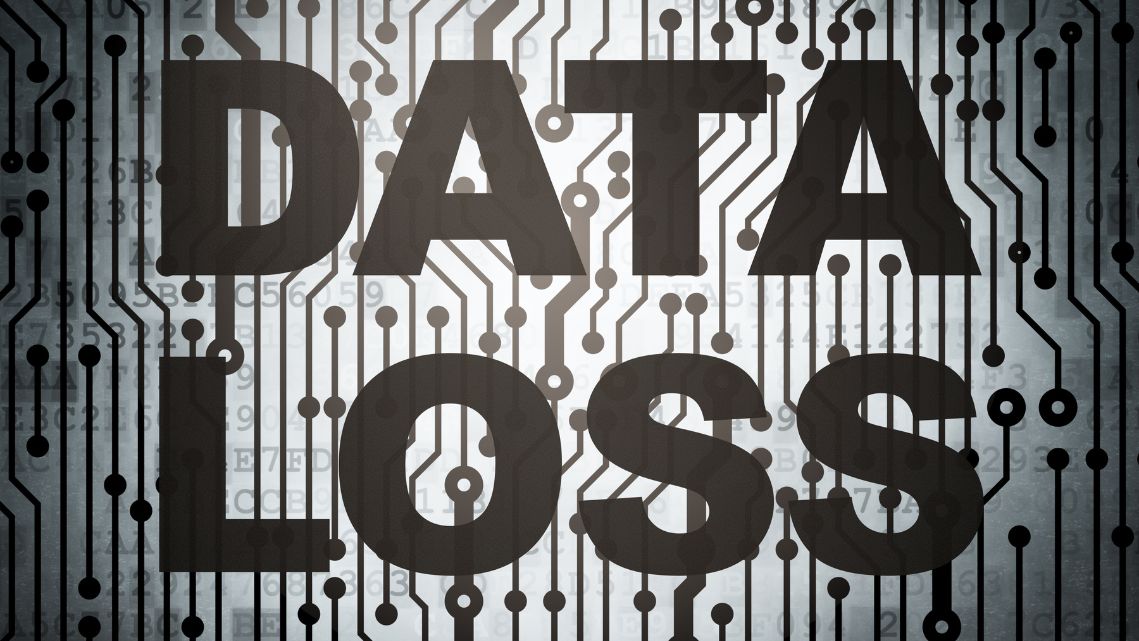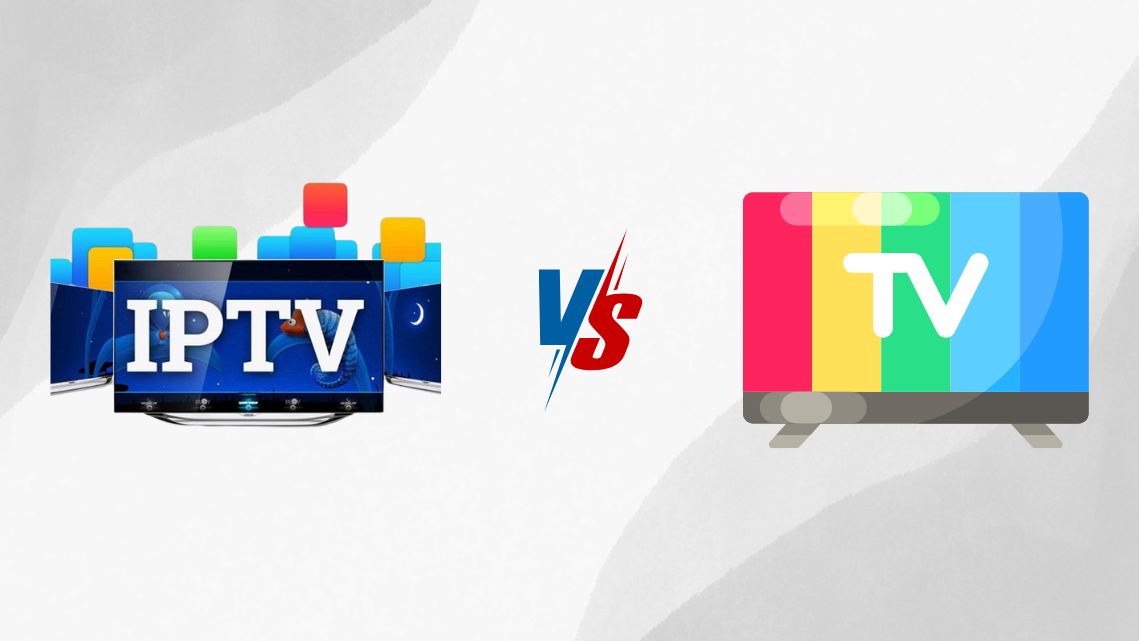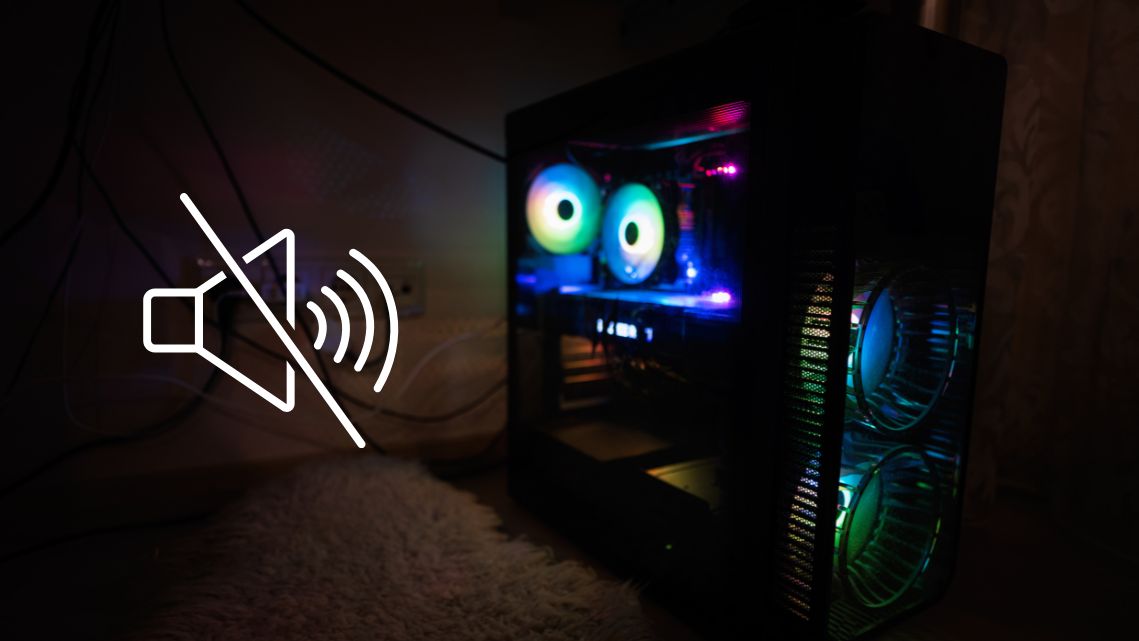Understand How Fileless Malware Works
Use Advanced Endpoint Protection (EPP) and EDR Solutions
Traditional antivirus programs rely on signature-based detection, which is ineffective against fileless attacks. Instead, use Endpoint Protection Platforms (EPP) and Endpoint Detection and Response (EDR) tools that leverage behavioral analysis and AI-based anomaly detection to identify suspicious activities in real time. Security software like CrowdStrike Falcon, SentinelOne, and Microsoft Defender for Endpoint provides proactive defense against memory-based threats.
Disable Unnecessary Scripting Tools
Many fileless malware attacks use scripting tools like PowerShell, Windows Script Host, and WMI to execute commands. If you don’t use these tools regularly, disable them to minimize attack vectors:
- Restrict PowerShell execution using the Group Policy Editor or enable PowerShell Constrained Language Mode.
- Disable Windows Script Host through registry settings.
- Limit WMI execution to prevent attackers from exploiting system management functions.
Strengthen Email Security to Prevent Phishing Attacks
Since fileless malware often enters through phishing emails, it’s vital to implement strong email security measures:
- Use email filtering tools to block suspicious messages.
- Enable multi-factor authentication (MFA) to protect login credentials.
- Train employees and users to recognize phishing attempts and avoid clicking on unknown links or downloading unexpected attachments.
Limit Admin Privileges and Enable Application Whitelisting
Reducing administrative privileges helps prevent malware from gaining elevated access to system processes. Use the Principle of Least Privilege (PoLP) by granting users only the permissions they need. Additionally, implement application whitelisting to restrict unauthorized programs from executing in memory.
Monitor Network Traffic for Anomalous Behavior
Since fileless malware communicates with command-and-control (C2) servers, monitoring network traffic can help detect and block suspicious activities. Use tools like Wireshark, Splunk, or Palo Alto Networks Cortex XDR to analyze unusual outbound connections and detect malware in real time.
Enable Memory Protection Features
Fileless malware exploits system memory, so enabling security features like Windows Defender Exploit Guard and memory integrity settings can provide an additional layer of defense. These features help detect and block malicious in-memory execution before it can spread.
Final Thoughts
Because fileless malware is stealthy and leaves no trace on disk, preventing an infection requires proactive security measures rather than relying solely on traditional antivirus solutions. By disabling unnecessary scripting tools, using advanced endpoint protection, securing email accounts, and monitoring network activity, you can effectively defend your computer against these sophisticated attacks. Stay vigilant, update your software regularly, and always practice cyber hygiene to keep your system secure from fileless threats.






